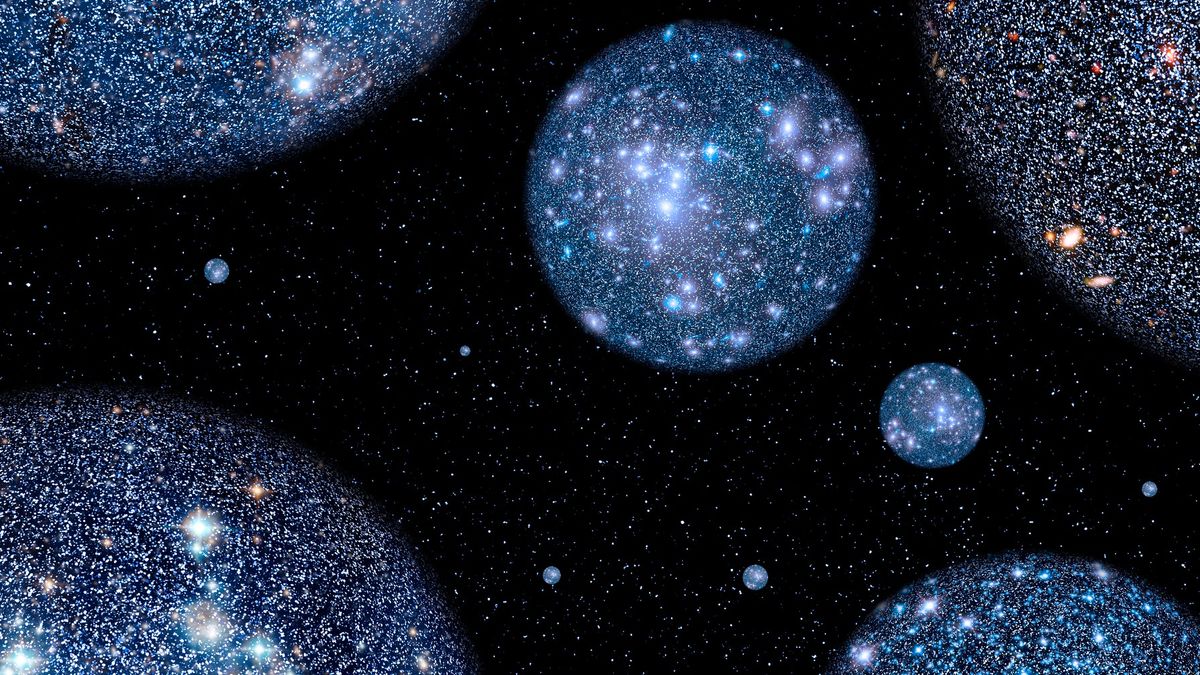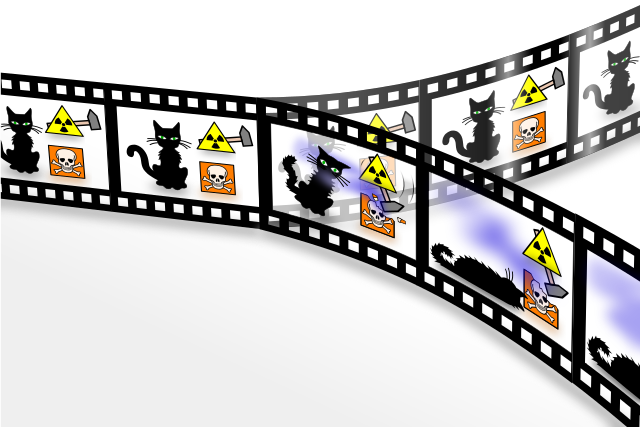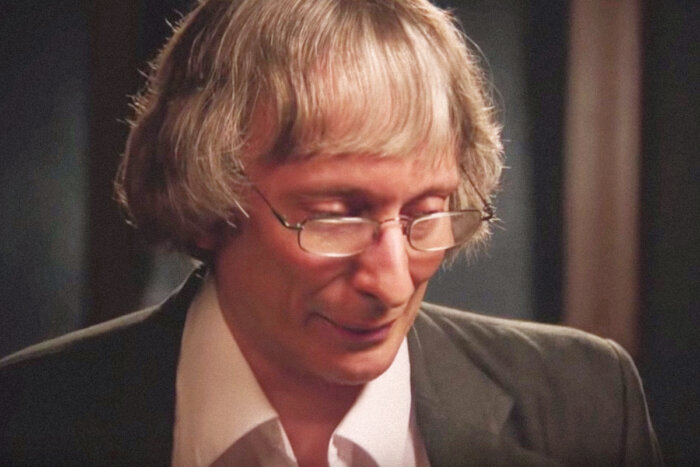
Quantum physics, with its unique principles and counterintuitive implications, has sparked fascinating discussions about the nature of reality, particularly in relation to the concept of parallel universes. Among the interpretations of quantum mechanics, the Many-Worlds Interpretation (MWI) stands out as a prominent explanation that ties these two areas together.
Quantum Mechanics: The Basics
At the core of quantum physics lies the idea that particles can exist in superposition, meaning they can occupy multiple states at once until a measurement is made. This notion is famously illustrated by Schrödinger's cat thought experiment, in which a cat in a box can be simultaneously alive and dead until the box is opened. The act of measurement seemingly forces the system into one definite state, a phenomenon known as wave function collapse, which has puzzled physicists for decades[3][8].
The Many-Worlds Interpretation

Proposed by Hugh Everett III in 1957, the Many-Worlds Interpretation offers a radical rethinking of quantum mechanics. It posits that instead of collapsing into a single state upon measurement, the universe splits into multiple non-communicating branches, each representing a different outcome of a quantum event. This means that every possible outcome occurs, each in its own parallel universe. For instance, when a quantum decision is made, such as an electron being detected in one position versus another, separate universes are created for each potential outcome[1][7].
This framework allows MWI to resolve several quantum paradoxes, such as the behavior observed in the double-slit experiment, where particles create an interference pattern as if they are waves passing through both slits simultaneously. In the MWI view, when particles are measured, their wave functions branch off, leading to the creation of distinct universes corresponding to each measurement outcome[1][2].
The Relationship to Parallel Universes

The connection between quantum mechanics and the idea of parallel universes stems fundamentally from the interpretation of the wave function. In MWI, the universal wave function is not just a mathematical tool but represents a real physical entity encompassing all possible states of the universe[1][3]. Thus, every quantum interaction effectively creates new branches of reality that coexist alongside our own, leading to an infinite array of parallel universes where every conceivable outcome is realized[1][2][5].
This interpretation extends beyond mere theoretical musings; it suggests that every decision and interaction at the quantum level has far-reaching implications, resulting in a vast multiverse of realities where versions of ourselves exist in various states based on the choices we've made[2][8]. The metaphorical 'tree' structure of multiple worlds indicates that as time progresses, the number of existing universes will continually grow, with each branch representing a different timeline or history.
Implications and Critiques

The implications of MWI challenge classical notions of determinism, introducing an indeterminate experience of reality where our choices effectively create multiple paths through existence. Critics of MWI point out the challenges in accepting that such parallel universes exist when they are fundamentally unobservable and argue that this could lead to an excessive multiplication of entities without sufficient evidence—contravening Ockham's razor[1][7].
Moreover, the concept raises philosophical questions about the nature of identity, consciousness, and free will. If every possible iteration of a decision is realized in some universe, it complicates our understanding of choice and consequence within a single, observable universe[1][6]. Physicist David Deutsch has argued that while the MWI presents a coherent framework for understanding quantum mechanics, the question of probability in this multiverse context remains unresolved, as it defies conventional statistical interpretations where only one outcome is experienced[1][5][8].
Conclusion
The relationship between quantum physics and parallel universes is intricately woven through interpretations like the Many-Worlds Interpretation, which redefines our understanding of reality at the quantum level. By positing a branching universe where all possibilities actualize, MWI provides a compelling solution to many of the apparent paradoxes of quantum mechanics. However, it also invites deeper philosophical inquiries and challenges traditional views of determinism and identity. As our understanding of quantum physics continues to evolve, so too does the exploration of the multiverse, opening the door to both scientific and metaphysical exploration of existence itself.
Get more accurate answers with Super Pandi, upload files, personalized discovery feed, save searches and contribute to the PandiPedia.
Let's look at alternatives:
- Modify the query.
- Start a new thread.
- Remove sources (if manually added).